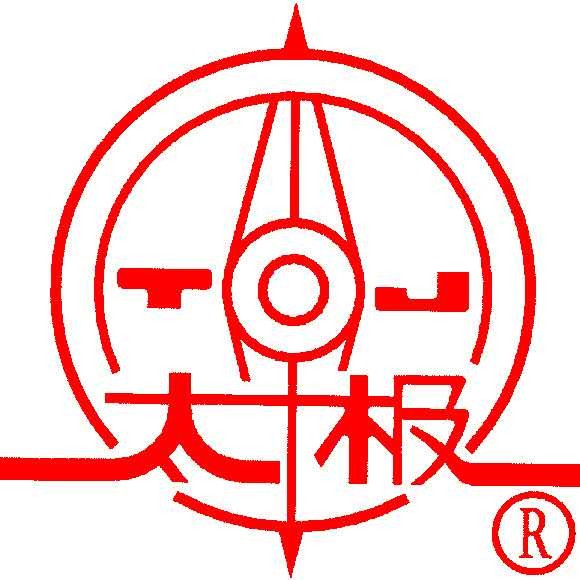The structural form of diaphragm valve is very different from that of general valves. It is a new type of valve and a special form of shut-off valve. Its opening and closing member is a diaphragm made of soft material, which separates the valve body cavity from the valve cover cavity and driving components. It is now widely used in various fields.
Diaphragm valve is a type of compression device with a flexible diaphragm or combination diaphragm installed inside the valve body and valve cover, and its closing component is connected to the diaphragm. The valve seat can be in the shape of a weir or a straight through pipe wall. The advantage of diaphragm valve is that its operating mechanism is separated from the medium passage, which not only ensures the purity of the working medium, but also prevents the possibility of the medium in the pipeline impacting the working parts of the operating mechanism. In addition, there is no need to use any form of separate sealing at the valve stem unless it is used as a safety facility in controlling hazardous media. In diaphragm valves, as the working medium only comes into contact with the diaphragm and valve body, which can be made of various materials, this valve can ideally control multiple working media, especially suitable for media with chemical corrosiveness or suspended particles.
The working temperature of diaphragm valves is usually limited by the materials used for the diaphragm and valve body lining, and its working temperature range is approximately -50 to 175 ℃. The diaphragm valve has a simple structure, consisting only of three main components: the valve body, diaphragm, and valve cover assembly. This valve is easy to disassemble and repair quickly, and replacing the diaphragm can be completed on-site and in a short period of time.


